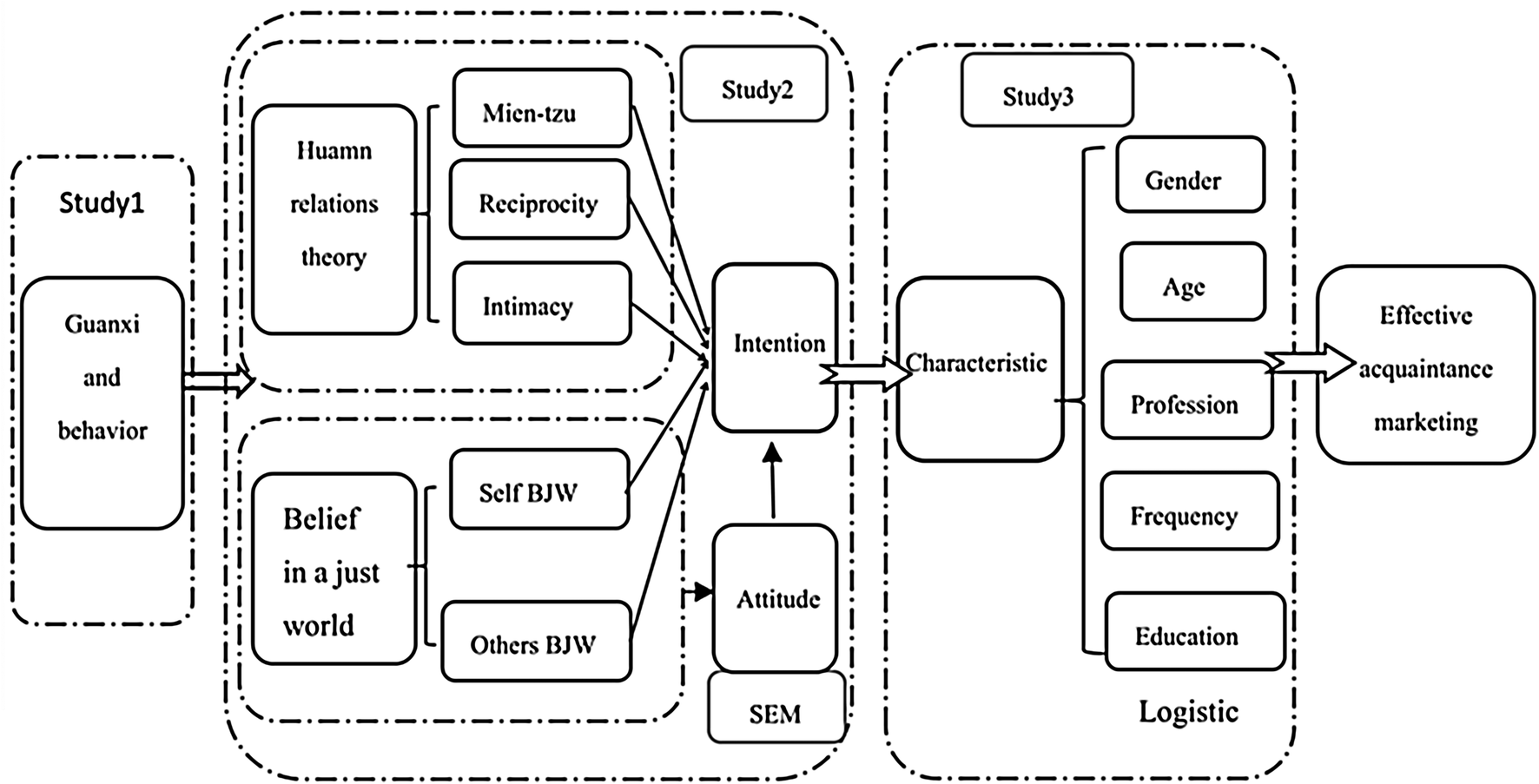Tkp 45 201 111 2008 02250
My first sat nav - Becker 7929 I was looking for a sat nav and spotted this one. I have seen Becker in Halfords and thought it was worth a try.( I had almost decided on a TomTom ) I decided to buy because it was in the price bracket on ebay that I wanted to spend. It looks good but i found its operation somewhat confusing- although it is early days yet and i have no comparison with another sat nav. Ferrari edition traffic assist pro 7929 tmc update chrome download.
ST111] SFU26156.1 hypothetical protein SAMN05117. Protein [Brucella ovis IntaBari-2008-114-542] ENU04700.1 UPF0423 protein [Brucella ovis. Protein BK201_12885 [Brucella melitensis] ARY03884.1 hypothetical protein. EIR98264.1 fe2+ transport family protein [Yersinia pestis PY-45] EIS05063.1.
ATG4D - Cysteine protease ATG4D; Cysteine protease ATG4D: Cysteine protease required for the cytoplasm to vacuole transport (Cvt) and autophagy. Cleaves the C-terminal amino acid of ATG8 family proteins MAP1LC3 and GABARAPL2, to reveal a C-terminal glycine.
Exposure of the glycine at the C-terminus is essential for ATG8 proteins conjugation to phosphatidylethanolamine (PE) and insertion to membranes, which is necessary for autophagy. Has also an activity of delipidating enzyme for the PE-conjugated forms; Belongs to the peptidase C54 family [a.k.a. APG4D, AUTL4, uc010dxj.4].
ATG4C - Cysteine protease ATG4C; Cysteine protease required for the cytoplasm to vacuole transport (Cvt) and autophagy. Is not essential for autophagy development under normal conditions but is required for a proper autophagic response under stressful conditions such as prolonged starvation (By similarity). Cleaves the C-terminal amino acid of ATG8 family proteins MAP1LC3 and GABARAPL2, to reveal a C-terminal glycine. Exposure of the glycine at the C-terminus is essential for ATG8 proteins conjugation to phosphatidylethanolamine (PE) and insertion to membranes, which is necessary for autophagy [.] [a.k.a. APG4C, AUTL1, AUTL3]. ATG4A - Cysteine protease ATG4A; Cysteine protease required for the cytoplasm to vacuole transport (Cvt) and autophagy. Cleaves the C-terminal amino acid of ATG8 family proteins to reveal a C-terminal glycine.
Exposure of the glycine at the C-terminus is essential for ATG8 proteins conjugation to phosphatidylethanolamine (PE) and insertion to membranes, which is necessary for autophagy. Preferred substrate is GABARAPL2 followed by MAP1LC3A and GABARAP. Has also an activity of delipidating enzyme for the PE-conjugated forms [a.k.a. AUTL2, APG4A, ENSP8]. ATG4B - Cysteine protease ATG4B; Cysteine protease required for the cytoplasm to vacuole transport (Cvt) and autophagy. Cleaves the C-terminal amino acid of ATG8 family proteins MAP1LC3, GABARAPL1, GABARAPL2 and GABARAP, to reveal a C-terminal glycine. Exposure of the glycine at the C- terminus is essential for ATG8 proteins conjugation to phosphatidylethanolamine (PE) and insertion to membranes, which is necessary for autophagy.
Has also an activity of delipidating enzyme for the PE-conjugated forms [a.k.a. KIAA0943, AUTL1, APG4B]. TNFRSF1A - Tumor necrosis factor receptor superfamily member 1A; Receptor for TNFSF2/TNF-alpha and homotrimeric TNFSF1/lymphotoxin-alpha. The adapter molecule FADD recruits caspase-8 to the activated receptor. The resulting death-inducing signaling complex (DISC) performs caspase-8 proteolytic activation which initiates the subsequent cascade of caspases (aspartate- specific cysteine proteases) mediating apoptosis. Contributes to the induction of non-cytocidal TNF effects including anti-viral state and activation of the acid sphingomyelinase; CD molecules [a.k.a.
TNFAR, TNFR1, A8K4X3]. TNFRSF10B - Tumor necrosis factor receptor superfamily member 10B; Receptor for the cytotoxic ligand TNFSF10/TRAIL. The adapter molecule FADD recruits caspase-8 to the activated receptor. The resulting death-inducing signaling complex (DISC) performs caspase-8 proteolytic activation which initiates the subsequent cascade of caspases (aspartate-specific cysteine proteases) mediating apoptosis. Promotes the activation of NF-kappa-B. Essential for ER stress-induced apoptosis; CD molecules [a.k.a. UNQ160/PRO186, DR5, TRICK2].
FAS - Tumor necrosis factor receptor superfamily member 6; Receptor for TNFSF6/FASLG. The adapter molecule FADD recruits caspase-8 to the activated receptor. The resulting death- inducing signaling complex (DISC) performs caspase-8 proteolytic activation which initiates the subsequent cascade of caspases (aspartate-specific cysteine proteases) mediating apoptosis. FAS- mediated apoptosis may have a role in the induction of peripheral tolerance, in the antigen-stimulated suicide of mature T-cells, or both. The secreted isoforms 2 to 6 block apoptosis (in vitro); CD molecules [a.k.a.

FAS1, TNFRSF6, APT1]. Atg4d - Cysteine protease ATG4D; Cysteine protease ATG4D: Cysteine protease required for the cytoplasm to vacuole transport (Cvt) and autophagy. Cleaves the C-terminal amino acid of ATG8 family proteins MAP1LC3 and GABARAPL2, to reveal a C-terminal glycine. Exposure of the glycine at the C-terminus is essential for ATG8 proteins conjugation to phosphatidylethanolamine (PE) and insertion to membranes, which is necessary for autophagy. Has also an activity of delipidating enzyme for the PE-conjugated forms [a.k.a. Apg4d, Autl4, CCDS22899.1]. Atg4b - Cysteine protease ATG4B; Cysteine protease required for the cytoplasm to vacuole transport (Cvt) and autophagy.
